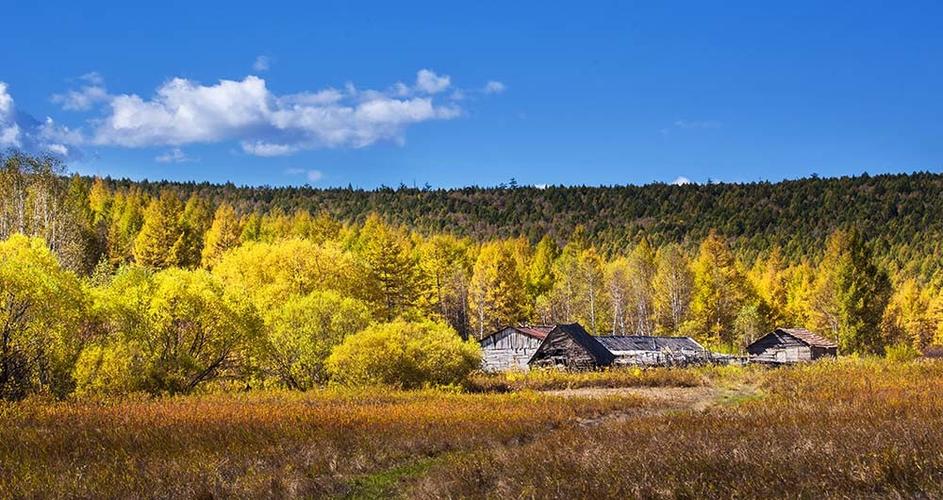The pride of every nation is its heritage sites. Heritage sites are places of profound cultural, natural, and aesthetic significance, which possess outstanding universal value. As such, the need for human sensitivity and rigorous conservation measures is urgent. While most societies strive to protect their heritage, some places are under serious threat, and without an urgent intervention, they may disappear forever.
One such place in dire need of preservation is the Yak Conservancy in Tibet. This magnificent natural site is home to diverse species of wildlife, including yaks, Tibetan antelopes, snow leopards, and wild donkeys. Its biological, physical, and cultural characteristics exemplify Tibet’s unique cultural legacy and natural heritage, making it a critical site that must be safeguarded.
The Yak Conservancy is located in the city of Lhasa, in the Tibet Autonomous Region of China. It covers an area of about 4,000 square kilometers in the northern Himalayan range. At the core of this large area are the vast grasslands of the Tibetan Plateau, where large herds of yaks graze. The site is rich in biodiversity and boasts of more than 300 species of plants, 50 species of mammals, and 137 species of birds.
However, the Yak Conservancy faces numerous threats to its existence. Its biodiversity is being depleted at an alarming rate due to climate change, reckless mining, and unsustainable grazing by livestock. Moreover, the local people who have for centuries coexisted with the wildlife now face immense pressure from urbanization and modernization.
To address these challenges, the Chinese government is implementing various conservation measures aimed at preserving the Yak Conservancy. One such effort is the establishment of ‘ecological compensation’ programs aimed at encouraging local communities to participate in conservation activities. The program provides financial incentives to farmers and herders who abandon traditional grazing and opt for alternative livelihoods such as ecotourism.
Another significant conservation effort is the deployment of scientific rigor to monitor and study the site’s ecosystem. The government has set up several research stations to study the site’s biodiversity and wildlife population dynamics. They have also set up measures to control poaching and put in place strict regulations to regulate mining and timber extraction.
The preservation of the Yak conservancy is not only critical for the survival of endangered species but also essential for the survival of the cultural heritage of Tibet. The conservation of this site, therefore, requires a holistic approach that recognizes the interconnectedness of natural and cultural heritages.
In conclusion, conserving our heritage sites is a collective responsibility that requires the full participation of governments, local communities, and individuals. The Yak Conservancy is a classic example of a site with exceptional universal value that requires urgent conservation measures. The Chinese government’s efforts to protect the site deserve commendation, and similar conservation measures should be implemented in other countries to preserve their unique heritage sites. Through the collective efforts of all stakeholders, we can ensure that future generations also get to enjoy the beauty and rich cultural legacy of these irreplaceable sites.
(Note: Do you have knowledge or insights to share? Unlock new opportunities and expand your reach by joining our authors team. Click Registration to join us and share your expertise with our readers.)
Speech tips:
Please note that any statements involving politics will not be approved.
